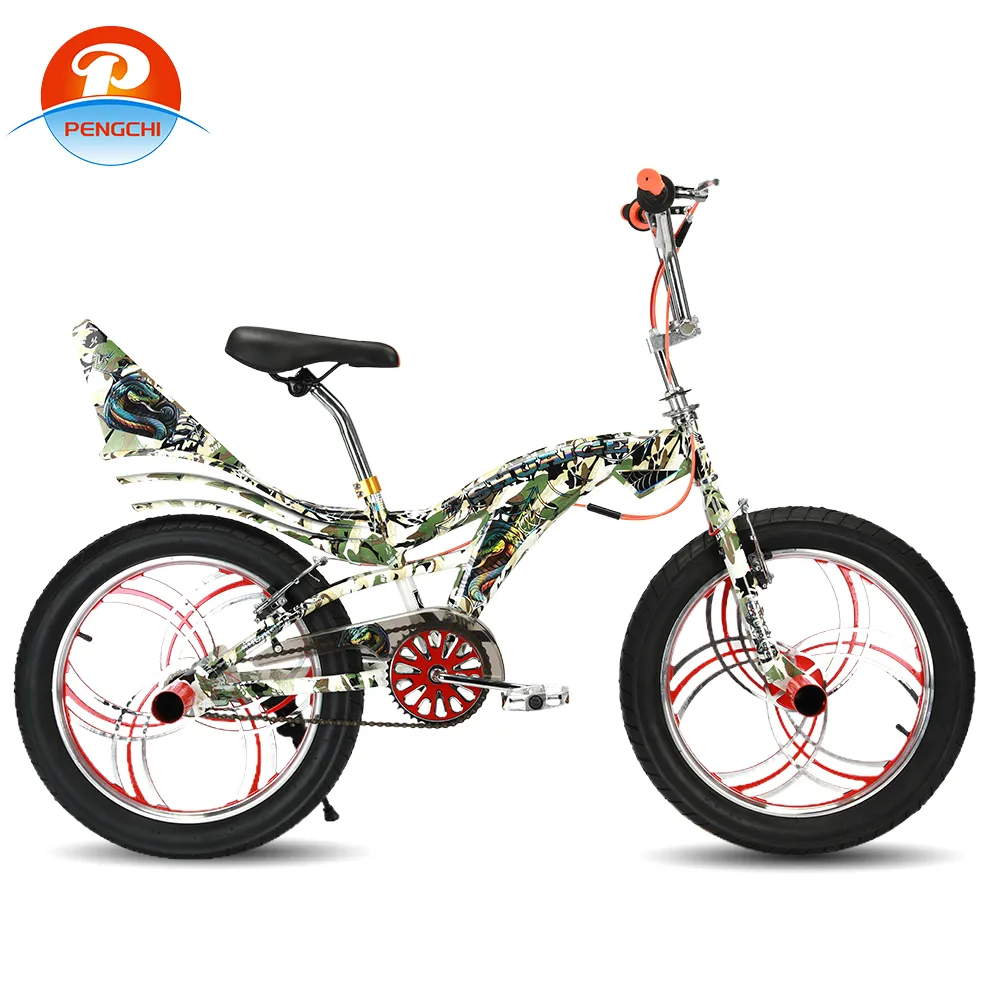
-
 Afrikaans
Afrikaans -
 Arabic
Arabic -
 Belarusian
Belarusian -
 Bengali
Bengali -
 Bulgarian
Bulgarian -
 Croatian
Croatian -
 Czech
Czech -
 Danish
Danish -
 Dutch
Dutch -
 English
English -
 Finnish
Finnish -
 French
French -
 German
German -
 Greek
Greek -
 hawaiian
hawaiian -
 Hebrew
Hebrew -
 Hindi
Hindi -
 Hungarian
Hungarian -
 Indonesian
Indonesian -
 irish
irish -
 Italian
Italian -
 Japanese
Japanese -
 Javanese
Javanese -
 kazakh
kazakh -
 Khmer
Khmer -
 Korean
Korean -
 Kyrgyz
Kyrgyz -
 Lao
Lao -
 Latin
Latin -
 Luxembourgish
Luxembourgish -
 Malay
Malay -
 Myanmar
Myanmar -
 Norwegian
Norwegian -
 Persian
Persian -
 Polish
Polish -
 Portuguese
Portuguese -
 Romanian
Romanian -
 Russian
Russian -
 Serbian
Serbian -
 Slovak
Slovak -
 Somali
Somali -
 Spanish
Spanish -
 Swedish
Swedish -
 Tagalog
Tagalog -
 Thai
Thai -
 Turkish
Turkish -
 Turkmen
Turkmen -
 Ukrainian
Ukrainian -
 Uighur
Uighur -
 Vietnamese
Vietnamese
Dec . 15, 2024 23:50 Back to list
how to choose a mountain bike size
How to Choose a Mountain Bike Size
Choosing the right size mountain bike is crucial for comfort, performance, and safety. Riding a bike that doesn't fit properly can lead to discomfort, poor handling, and even injury. Here are some key factors to consider when selecting the right mountain bike size for you.
Understanding Frame Sizes
Mountain bike frames are typically measured in inches or by the size of the frame (small, medium, large, etc.). The frame size is usually determined by the length of the seat tube, which is the vertical tube that holds the seat post. The right size frame allows you to maintain a comfortable riding position, improving control and efficiency on the trails.
Measurement Guidelines
1. Height and Inseam Measurement To start, measure your height and inseam. Stand against a wall with your feet shoulder-width apart, and place a book between your legs, pressing it up against your pelvic bone. Mark the wall at the top of the book to get your inseam measurement. Your height can be measured in a similar fashion. This information will guide you in selecting the correct frame size.
2. Frame Size Chart Most manufacturers provide a size chart that correlates height and inseam measurements to frame sizes. Generally, it works like this - Small (14-16 inches) Height 5'0 - 5'4 - Medium (16-18 inches) Height 5'4 - 5'8 - Large (18-20 inches) Height 5'8 - 6'0 - X-Large (20-22 inches) Height 6'0 - 6'4
3. Test Ride Multiple Sizes It's essential to test ride bikes in different sizes. Even within the size categories, different brands may have variations in sizing. Visit a local bike shop where you can test ride various models. Pay attention to how the bike feels when you are seated and standing.
how to choose a mountain bike size

Consider Riding Style and Terrain
The type of riding you plan to do also influences your size choice. For example, if you are mainly riding on flat, smooth trails, a slightly larger bike might work for you, as it can provide a more comfortable ride. Conversely, if you tackle more technical terrain, a smaller bike may offer better maneuverability and control.
Adjusting the Fit
Once you have chosen a frame size, fine-tuning your bike fit is crucial for optimal performance - Seat Height A properly adjusted seat height allows you to pedal efficiently. When sitting on the saddle, your leg should have a slight bend at the knee when the pedal is in the lowest position. - Seat Position Adjust the seat fore and aft to achieve proper leg extension. The ball of your foot should be directly over the pedal axle. - Handlebar Height The handlebar height affects your riding posture. A higher handlebar position can offer comfort on rough terrains, while a lower position can aid in aerodynamics for racing.
Consider Local Terrain
Your local terrain plays a role in how you should size your bike. In mountainous regions where climbing is essential, a bike with a slightly smaller frame might provide better handling and control on steep inclines. Conversely, if you mostly ride on flat or mildly undulating trails, a larger frame might give you more stability and comfort.
Conclusion
Choosing the right mountain bike size is not just about numbers; it's about finding a bike that fits your style, comfort, and the terrain you'll be riding. Be sure to take accurate measurements, consult size charts, and most importantly, test ride several bikes. A good-fitting bike enhances your riding experience, allowing you to enjoy the trails with confidence and comfort. Happy biking!
-
Premium Titanium Road Bike: Lightweight & Durable
NewsAug.01,2025
-
Red Black BMX Bike with GPT-4-Turbo AI Tech
NewsJul.31,2025
-
New Red Anti-theft E-Bike | Easy Ride City Commuter
NewsJul.31,2025
-
BMX 20 Inch Bikes for Freestyle & Street | Fat Tire Options Available
NewsJul.30,2025
-
322 High Quality 26 Inch 21 Speed Adult Mountain Bike OEM MTB
NewsJul.29,2025
-
Specialized Kids Mountain Bikes - Safe, Durable & Fun Riding Experience
NewsJul.29,2025

